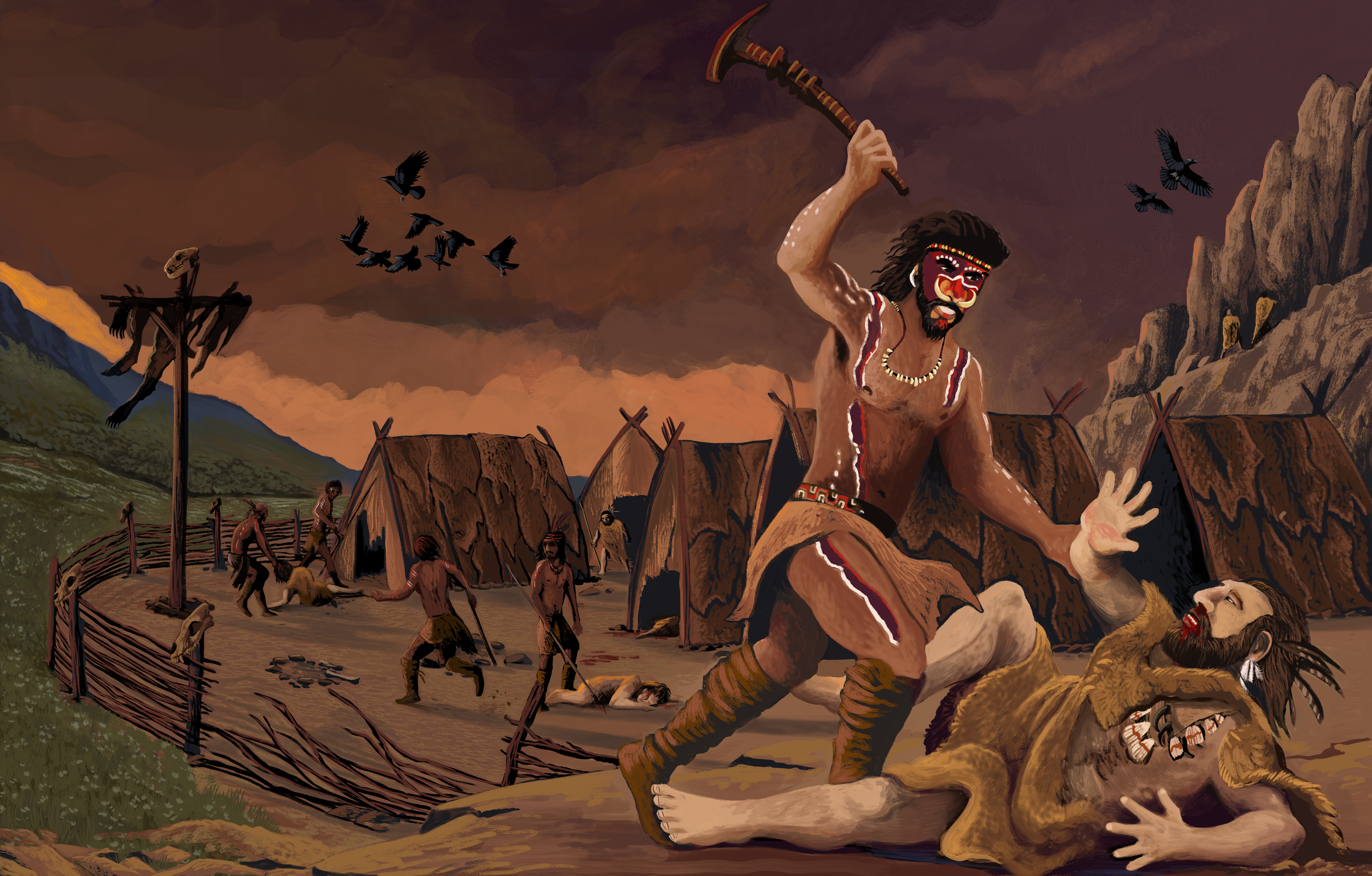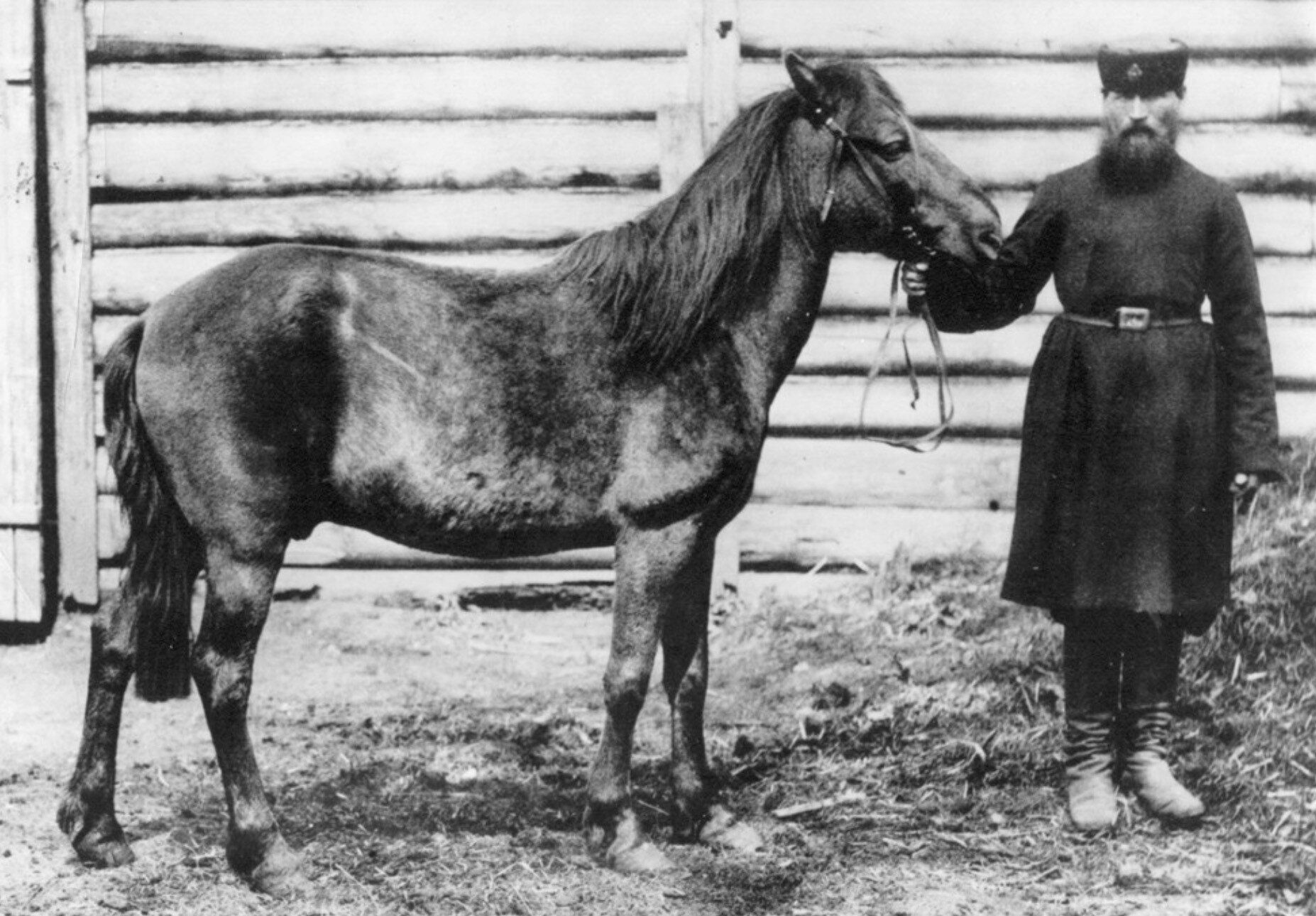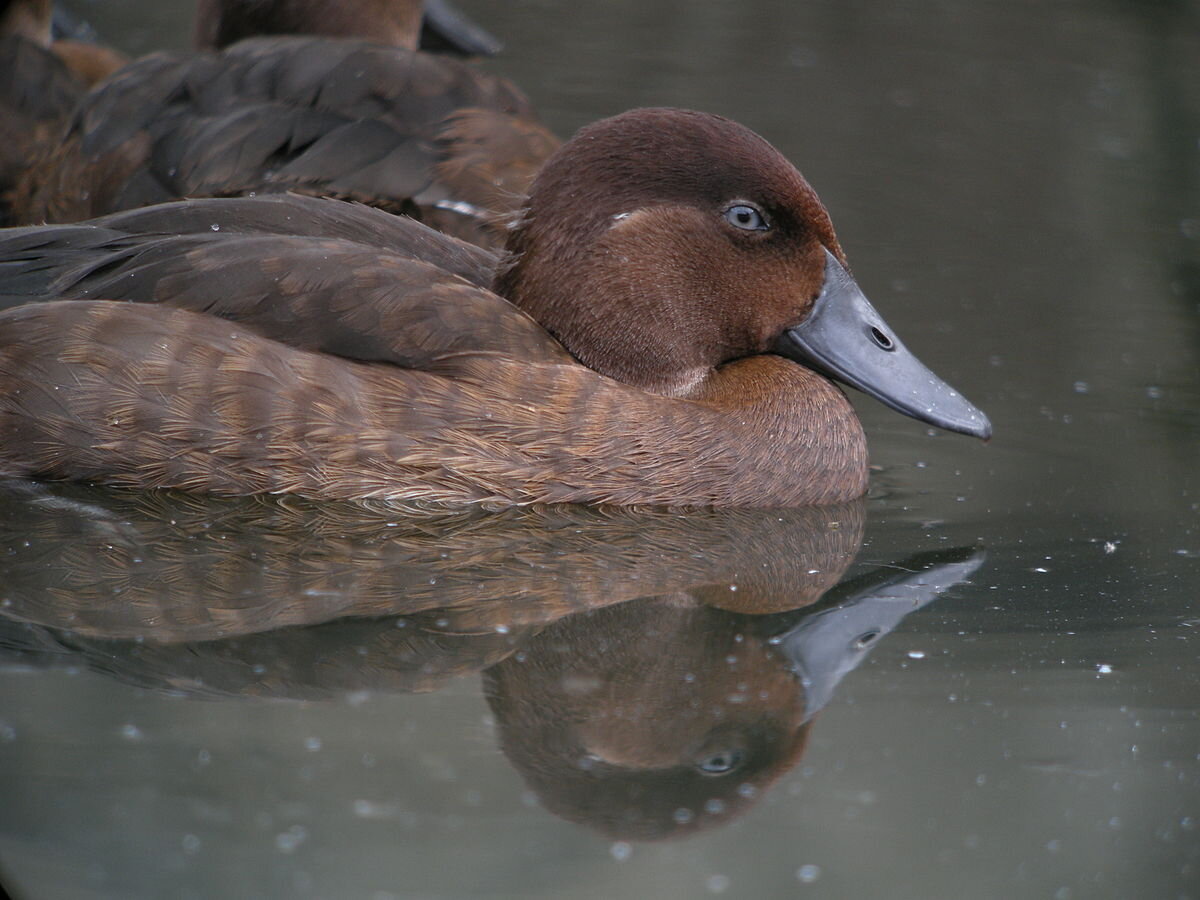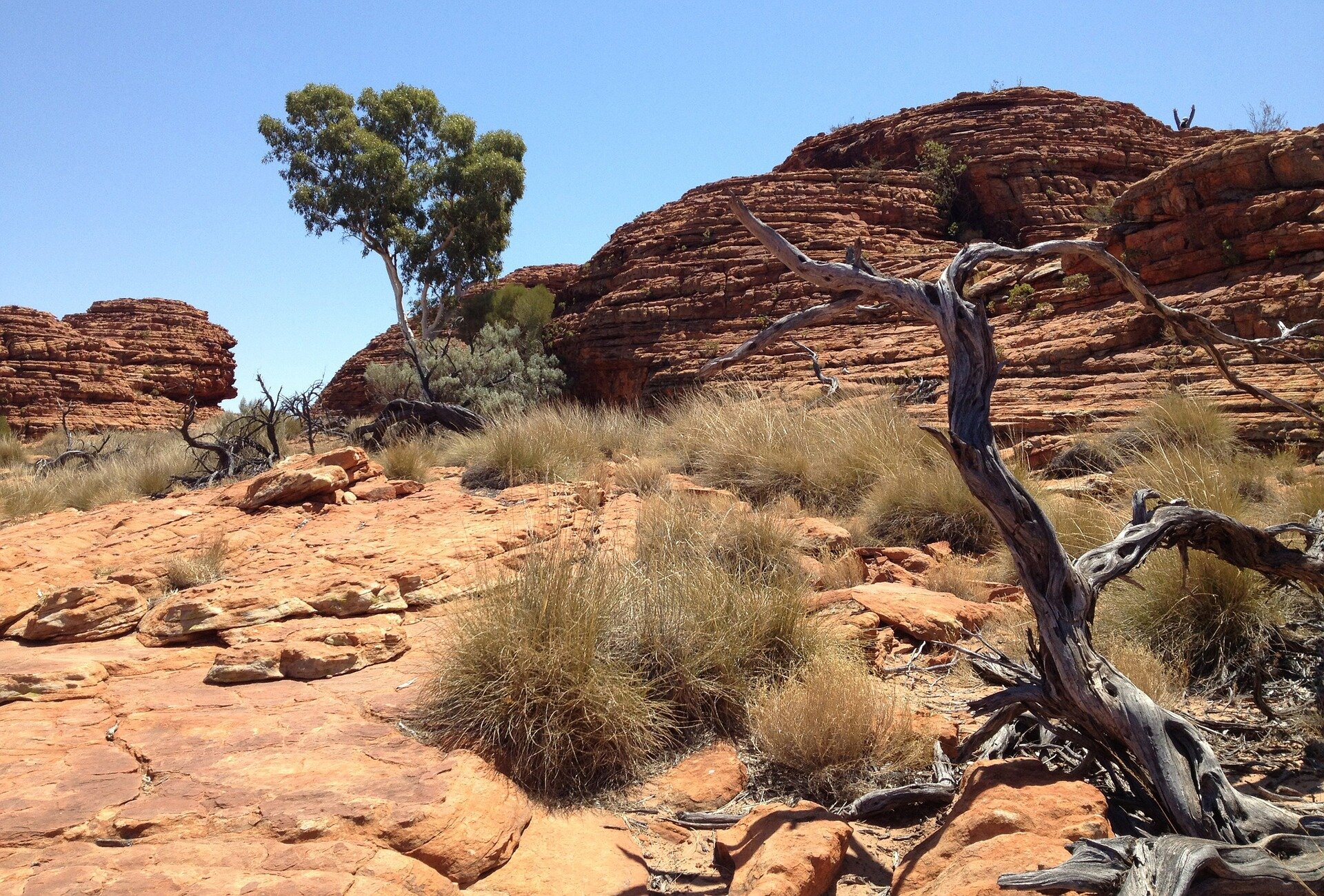
Evolutionary Anachronisms in The Western Palearctic – Part I: Puzzling Pomes
In their 1982 paper Neotropical Anachronisms: The Fruits the Gomphotheres Ate, Daniel H. Janzen and Paul S. Martin defined it as a trait of a plant that is inexplicable unless seen in the backdrop of its evolutionary past. For instance, Gymnocladus dioicus, a tree in the legume plant family Fabaceae that is native to the eastern United States, produces seed pods that are poisonous to mammals, unbreakable to rodents and impervious to water, yet depend on all of these for dispersal since the seeds, the largest in the continental United States, are too heavy to be carried by wind anywhere far. As a result, each year the parent tree will produce pods that fall to the ground, where they slowly decompose over the years, even in seemingly natural habitat. This is odd because the fruit of any plant is always intended as a diaspore. Plants have outbid each other over millions of years in attempts to produce the most sophisticated designs that will allow their unborn offspring to travel and germinate a preferably long distance away from the parent. So, if the Kentucky coffeetree, as it is also called, fails so miserably at dispersing seeds away from the parent tree, despite an elaborate diaspore, one is compelled to ask, why?.

Isles of the Tasman Sea – Part II: Norfolk Island
Norfolk Island offers an interesting juxtaposition to Lord Howe Island, as it contains a very similar faunal guild, but the extent and circumstances of its extinctions are somewhat different.

First and Last Men Part I - Adam's Kindred
It is an odd thing to consider that only a couple centuries ago there existed among neither the public nor the sciences any particular notion of prehistory. There was history, of course, a field both venerable and respected, but nothing before it. The annals of the Old Testament traced back the lines of man to the very dawn, or so it seemed, and little in the way of archaeology or palaeontology had ever arisen to complicate this picture. The histories seemed complete, a record from dawn till dusk. The process of discovery is rarely gentle. The advent of geology, palaeontology and complex archaeology have resulted in nothing less than a total reinterpretation, if not revolution, in our view of human history. If the old narratives were not destroyed, they were rendered at least vastly more complex than hitherto thought. From this process of discovery and transformation has arisen an entirely new cultural vocabulary, never before known: Extinction, evolution and the vastness of time became concepts enmeshed in popular thought. For the first time in millennia, people spoke of the mammoth and the sabretooth. For the first time in history, of the dinosaur. Yet of all the new images and ideas, perhaps the most startling was also the most familiar: the man before Man, the dweller in the grottos, the ur-person. The Caveman.

The European Wild Horse
The horse is one of man’s most important domestic animals. Just like cattle, horses descended from a once widespread wildtype that is now extinct because of human influence. The western subspecies of the wild horse, Equus ferus ferus, had a range from the Iberian peninsular to the western Eurasian steppe, where the horse was most likely domesticated. Although the domestic horse is well-known to us, the wild form is kind of elusive – it is not certain when it died out, how common it was, what it looked like, and there is not even a consensus on how to name this animal.

Wildfowl Extinctions
Wildfowl are amongst the most prolific bird groups and have reached every part of the planet, including remote islands. The group has not been spared casualties during the Holocene extinctions, and a clear pattern emerges when extinction dates are compared to the time of human arrival, though the mechanism remains less clear.

Sahul - Part II: Climate Change
Australia is a dry land, but it was not always so. The transformation of the landmass from one of savannas and rainforests to ‘the Red Continent’ has often been posited as an explanation for the disappearances of the region’s ancient megafauna. Yet does the evidence bear this out, and what role does Papua New Guinea play in the conversation?
